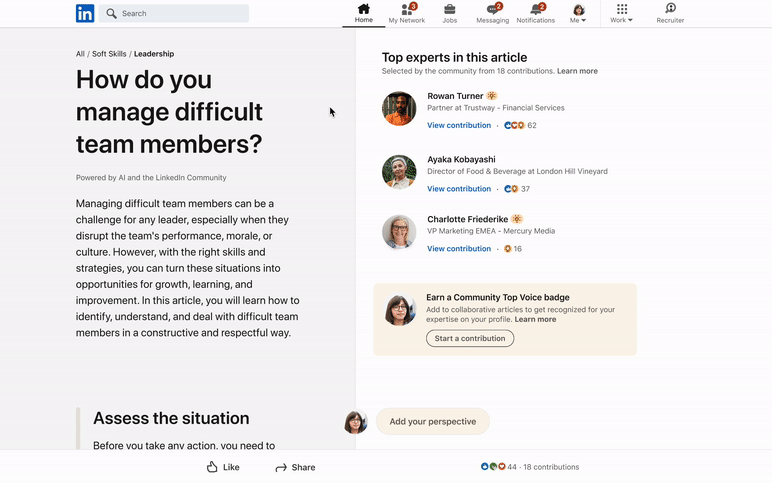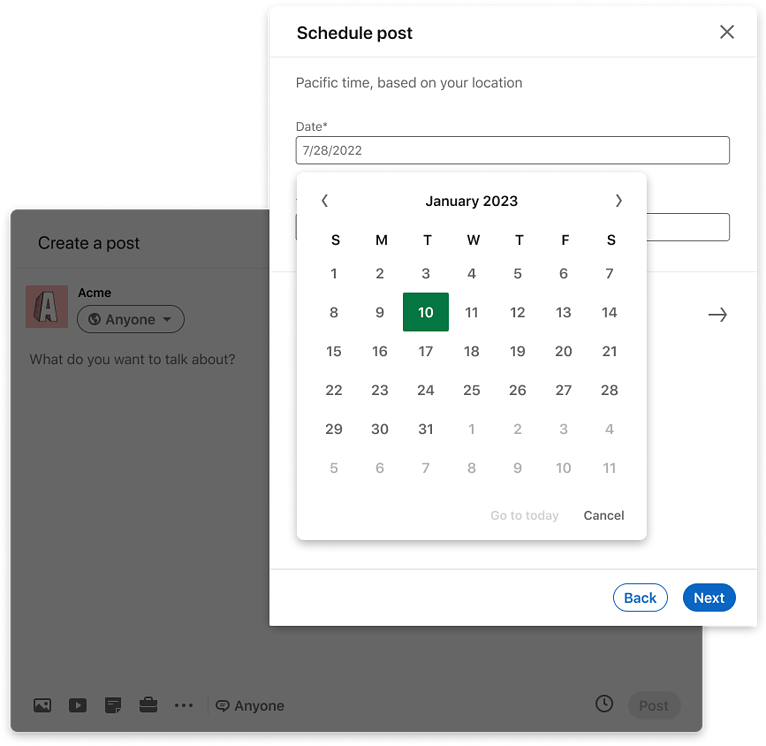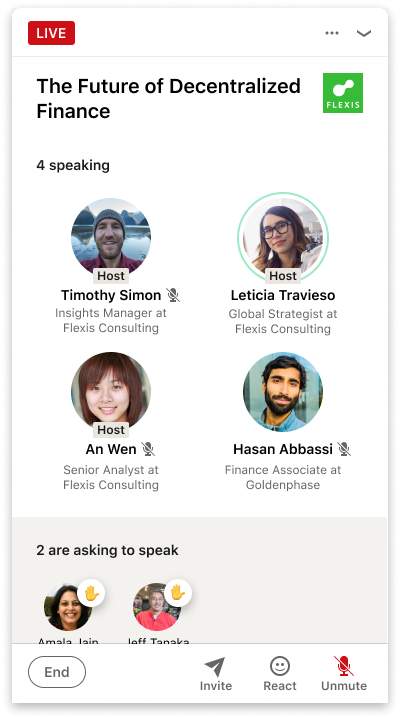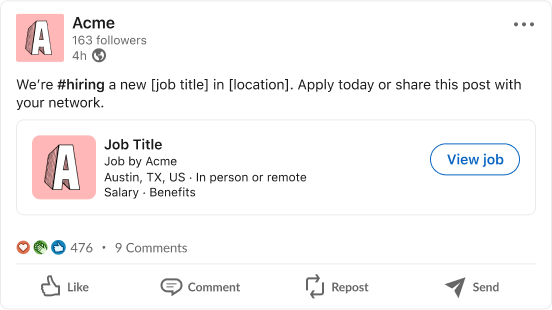LinkedIn is making Collaborative Articles more visible across its platform, including within search, feeds, and notifications.
In an announcement today, the company said it plans to show more Collaborative Articles when users are looking for information about specific problems or topics.
In addition to making Collaborative Articles more visible in these spaces, LinkedIn says it will also start showing your contributions to people outside your network and might even notify members “who would benefit” from your knowledge when you make a contribution.
Other New Changes Coming To Collaborative Articles
LinkedIn announced several other big new changes coming to Collaborative Articles”

- New “Top Contributors” section: If members found you to be one of the most noteworthy contributors in an article, you will now be featured at the top of the article.
- Better browsing for readers: A better browsing experience for readers leads to more people seeing your contributions. The new design allows members to easily explore multiple contributions, and new cross-article hyperlinking allows members to easily jump from one article to the next.
- Better articles: LinkedIn says it is working closely with our editorial team to continuously improve the quality of the AI-powered article text and titles — you’ll start to see a lot more depth in the articles recommended to you.
- Improved Top Community Voice badging: If you’re one of the most noteworthy contributors in a skill, your badge for that skill now shows up not only on your profile but also next to your contributions in the article. Badges will only remain active for members who continue to meet our selective criteria and provide noteworthy contributions within a specific skill.









